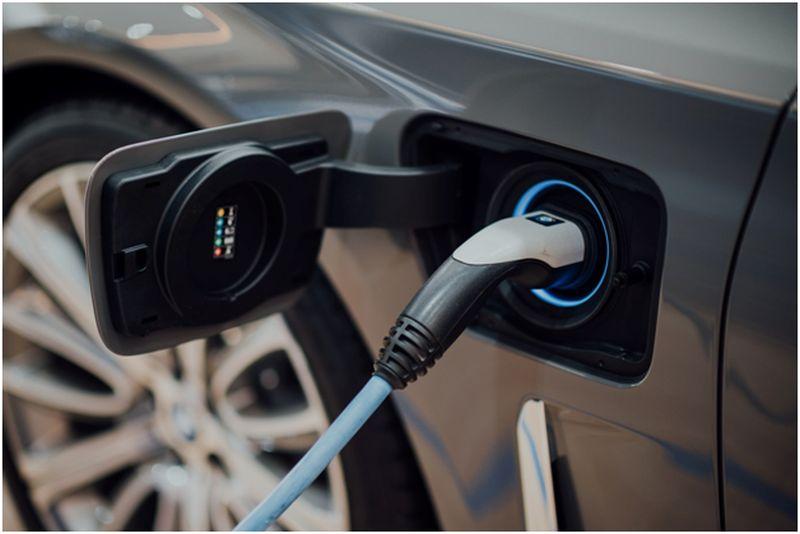The future of driving is electric, but if you’re still holding back from getting behind the wheel of an EV, you’re not alone. Change can take time, and while EVs offer a cleaner, low-emissions way to drive, they’re still a long way away from universal adoption, and that means there can still be some pain points if you own one.
EVs are becoming more convenient, more affordable, and more powerful at a rapid pace. They’re an increasingly viable way to drive for millions of people. The biggest hurdle to EV ownership is no longer how far you can drive one or the power behind it; it’s uncertainty about charging.
How Long Does It Take to Charge an EV?
It’s one of the most common questions potential EV buyers have: how long does it take to charge an electric car? Charging an EV isn’t as simple as filling up at the gas station, but you might be surprised by how convenient EV charging can be. Charging time all depends on the charging connector you’re using.
Level 1 Charging
This is the slowest way of charging, but also your failsafe when no better options exist. This is the regular 120-volt power supply you find in the walls of most North American homes. Level 1 charging can take 40-50 hours for a full EV, so it’s a last resort, although it can charge a hybrid in just 5-6 hours.
Level 2 Charging
The standard for EV charging, Level 2 uses a 240-volt power supply that charges an EV in 4-10 hours. This is perfect for overnight charging, and EV buyers often install Level 2 chargers in their homes so that they always have a reliable, private power source.
Level 3 Charging
This is where things get taken to the next level. Also known as DC charging, Level 3 chargers are found at public charging stations and sometimes locations operated by businesses. These can charge an EV’s battery to 80% in as little as 20 minutes, making it perfect for a coffee break on longer trips.
What Is Charging to 80%?
The optimal battery charge for EVs is 80% rather than a full charge, and it works best if you plug it in at around 20%. The time it takes to charge from 80% to 100% is usually the same as it takes to get from zero to 80%, and charging beyond 80% can actually harm the battery in the longrun. Keeping it fully charged can cause degradation to accelerate, and it will take a long time anyway.
Do You Need an EV Charger at Home?
Installing an EV charger at home is strongly recommended. Relying on Level 1 charging means your vehicle may not always be ready when you need it. However, some cities in North America are increasingly investing in public EV chargers, especially in dense neighborhoods where few people have the luxury of a driveway or a garage. In some condo developments, there are EV chargers in the parking garage, or you can talk to the board about paying to install one.
EVs can make driving cleaner and more affordable. Now that you understand how charging works, you can start shopping for an EV with confidence.
Article Submitted By Community Writer




